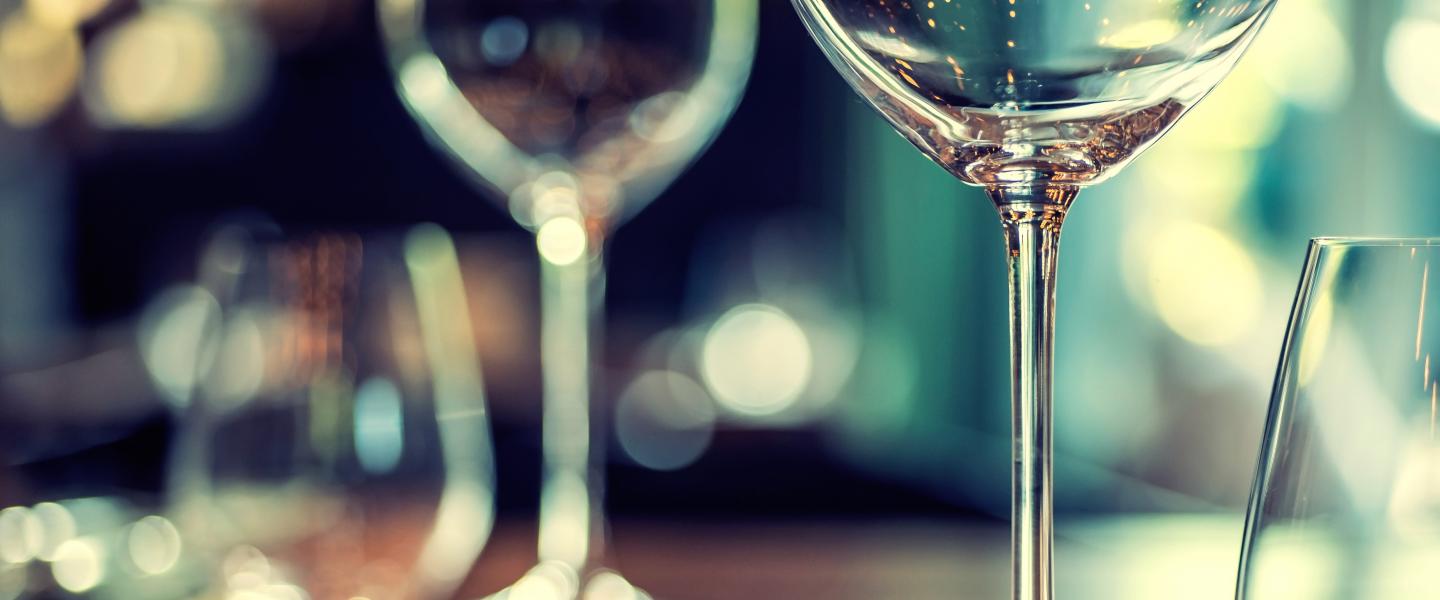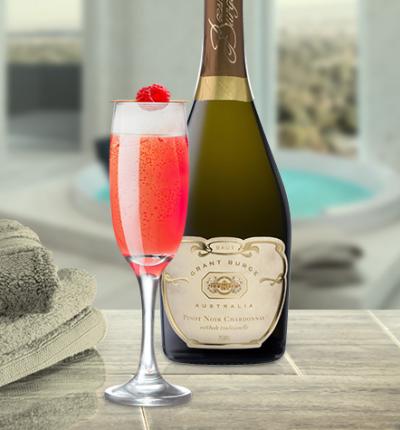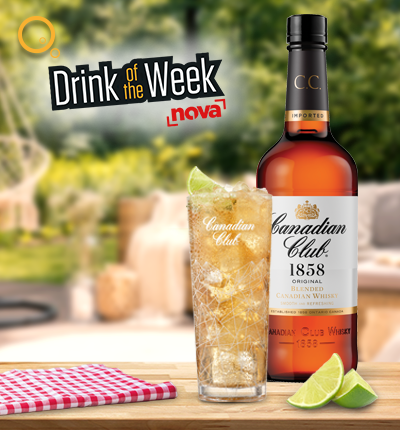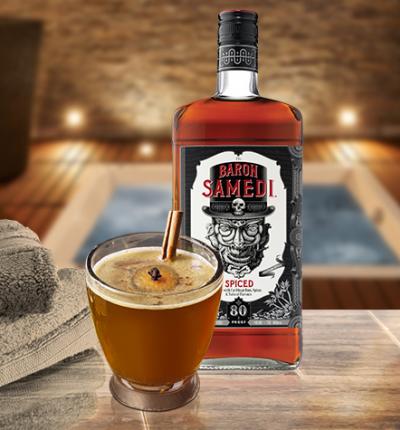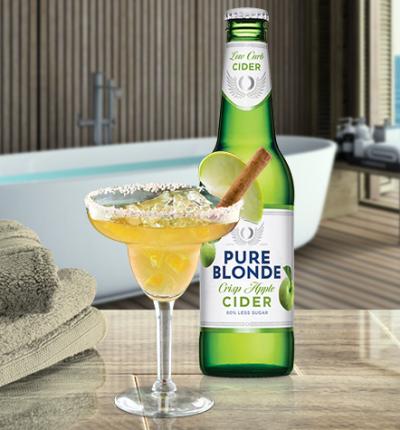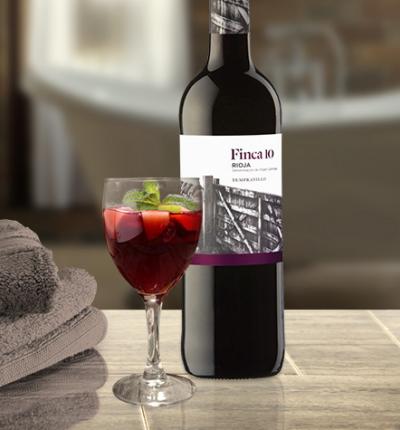You are here
Choosing The Right Wine Glass
Choosing The Right Wine Glass
Wine glasses come in all shapes and sizes, but there are a few main reasons as to why some accentuate a wine better than others. Red wines, white wines and sparkling wines all behave differently when mixed with oxygen, and this is the real key to choosing the right wine glass for your wine.
Red Wine
Red wines are better suited to aeration than white or sparkling wines, and as such, red wine glasses have been developed over centuries to accentuate this. There are two main types of red wine glasses. The Bordeaux glass is suited best for full-bodies wines, such as a Cabernet Sauvignon. It has a broad base and should be quite tall. The broad base creates more surface area for the wine, bringing it into contact with more air. This is important for red wines in particular, as the oxygen helps to settle the flavours of the wine and can greatly enhance your drinking experience.
The other major type of red wine glass is the Burgundy glass, which has a larger bowl than the Bordeaux glass, and is more suitable for wines with a subtle aroma, such as a Pinot Noir.
It's important that in any red wine glass there is ample room for the wine to be swirled in the glass without spilling. Swirling, like decanting, allows more oxygen to come into contact with the wine, and releases its aromas. A wine glass that tapers in at the rim is also beneficial for capturing the wine's aromas. The materials used to make the glass are also important. Lead crystal glasses, for example, are especially prized for the way they allow wines to breathe, resulting in a better tasting wine.
White Wine
The right glass for your white wine depends on the crispness of the variety. For example, a wooded Chardonnay can be greatly enhanced by being drunk from a glass that allows more air to get to the wine, while crisper wines, such a Semillon or Chablis, do not fare so well if they come into contact with too much air.
The rule of thumb with white wine glasses is this: the deeper the flavour of the wine, the larger the glass.
Sparkling Wine
Traditionally, sparkling wines and champagne is best suited to champagne flutes, and there are two main reasons for this. Firstly, the larger the surface of the wine, the more likely it is to lose its carbonation sooner. For this reason, champagne flutes have a much smaller mouth than wine glasses. Secondly, the length of the champagne flute is said to enhance the visual appeal of the wine, as the bubbles take longer to travel to the surface.
There are three main types of sparkling wine glasses: the tulip, which narrows at the mouth, holding in the bubbles better, the flute, which does not narrow and so is less ideal, and the trumpet, which widens from a narrow base to a wide mouth.
Although modern wine glasses come in a wide range of varieties, including wine tumblers and stemless styles, there is something to be said for the more traditional glass designs. If held by the stem, for example, you can reduce the likelihood of your hand heating the wine, which is particularly important for sparkling wines. The real key is to experiment with wine glasses, their shapes and their materials, to find out which one you like best.

